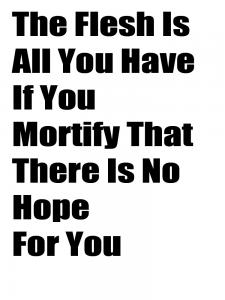Ritter/Zamet is pleased to announce The Flesh Is All You Have If You Mortify That There Is No Hope For You, the first solo exhibition at the gallery of young British Goldsmiths graduate Phoebe Collings-James.
The show’s title is inspired by the wise and endlessly rich oeuvre of seminal American writer James Baldwin. It thus sets the tone and mood for Collings-James’ exhibition and her continuous concern with racial and gender-based inadequacies played out against the austere, formal language of minimalism. Violence, sex and desire are subliminal in these artworks; they are at once beguiling and unsettling, seemingly fragile yet laden with menace.
Featured here is a room-filling installation of imposing conical plaster casts. These groupings of sub-human-scale, spectral shapes clearly evoke the smooth elegance of Felix Gonzalez-Torres’ paper-cone sculptures while simultaneously harnessing a haphazard imperfection that speaks to human endeavour, fragility and fallibility reminiscent of Philip Guston’s painted hooded figures. The plaster cast by its very nature is a hollow, empty interior surrounded by a tenuous skin littered with cracks, air bubbles and potted holes. All emphasis lies on the surface and the mystery it conceals within.
A group of grand-scale paintings continue to draw this concept across the skin of the painted canvas. Using a single oil-based colour called Flesh Tint (a suggested tool for painting Caucasian skin tone), Collings-James activates the surface by vigorously constructing layered brushstrokes into sumptuous abstractions. While bringing to mind the exquisitely textured white monochromes of Robert Ryman or the raw physicality of Hermann Nitsch’s paintings, they also speak figuratively to the notion of human flesh itself as a site of sexuality and conflict. Wrenched from the surrounding body, these paintings suggest seductive shrouds exploring the entire human drama oscillating between life, death and eroticism.
